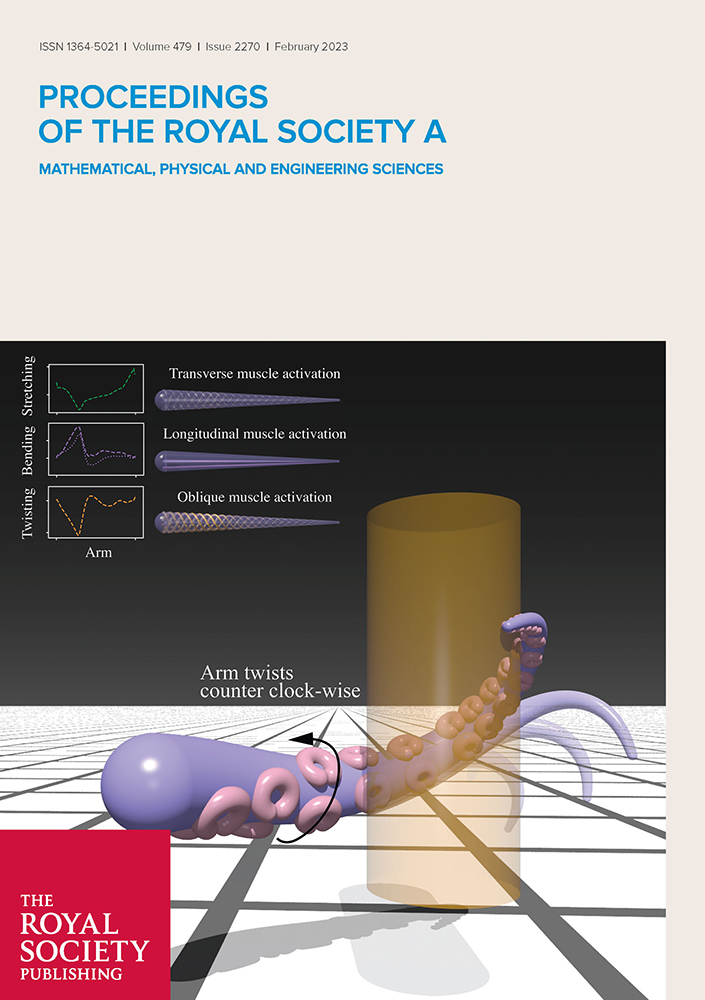News Story
A new epidemiology model based on game theory
One of many things the COVID-19 pandemic has wrought is an increase in funding for, and subsequently advances in, epidemiology models. For example, researchers have explored optimal prevention strategies using vaccines/immunization, recovery strategies featuring antidotes or curing rates, or a combination of both preventive and recovery measures.
In new work featured in the July 2023 issue of Automatica, Professor Nuno Martins (ECE/ISR), Professor Richard La (ECE/ISR), and their co-advised Ph.D. student Jair Certório take a different approach. Unlike studies that aim to suppress epidemic spread, their aim was to design policies for minimizing the endemic transmission rate subject to a constraint on the long-term average cost a planner bears. Game theory provides a natural framework and tools for studying such strategic interactions.
“Epidemic population games and evolutionary dynamics” proposes a system theoretic approach to select and stabilize the endemic equilibrium of a susceptible-infectious-recovered-susceptible (SIRS) epidemic model.
As the recent worldwide experience with COVID shows, human behavior and strategic interactions among individuals are major aspects of epidemic processes. These variables determine individual decisions over time in response to payoffs, and in turn shape the course of epidemic processes.
The authors begin with a SIRS compartmental epidemic model in which the decisions of a population of strategically interacting agents determines the transmission rate. They employ a population game approach in which agents are nondescript and must choose from a set of available strategies. The agents’ choices are guided by each strategy’s payoff, or net reward, resulting from a payoff incentive, or reward, after the intrinsic cost of the strategy is deducted. The collective decision making of the population follows an evolutionary dynamics model that captures the agents’ preferences and assumes that the agents can repeatedly revise their strategies. Specifically, the population’s agents recurrently revise their choices out of a set of strategies that have varying levels of impact on the transmission rate.
A payoff vector quantifies the incentives provided by a planner for each strategy, after deducting the strategies’ intrinsic costs, influencing the revision process. An evolutionary dynamics model captures the population’s preferences in the revision process by specifying as a function of the payoff vector the rates at which the agents’ choices flow toward strategies with higher payoffs. The authors’ main result is a dynamic payoff mechanism that is guaranteed to steer epidemic variables (via incentives to the population) to the endemic equilibrium with the smallest infectious fraction, subject to cost constraints.
In their work, Martins, La and Certório use a Lyapunov function not only to establish convergence but also to obtain an (anytime) upper bound for the peak size of the population’s infectious portion. The authors formulate and solve a design problem that seeks to steer—via payoff incentives—the agents’ decisions to attain the smallest endemic prevalence of infections, subject to a limit on the long-term incentives’ cost. The problem envisages dynamic payoff mechanisms whose dynamics can be coupled with the state (epidemic variables) of the SIRS model. This coupled system is an epidemic population game.
The work was supported by the Air Force Office of Scientific Research and the National Science Foundation.
Published April 26, 2023





